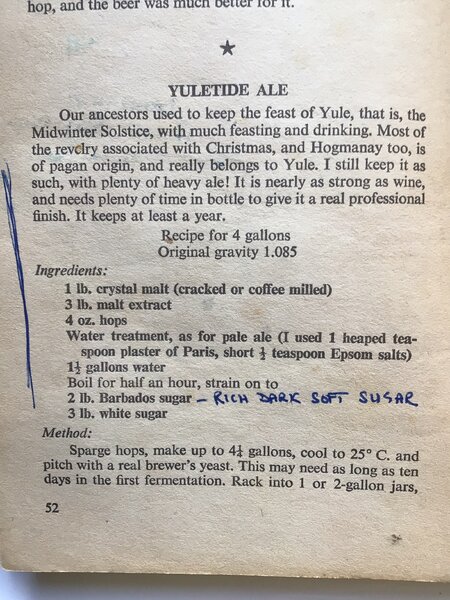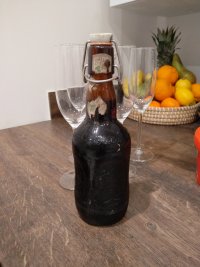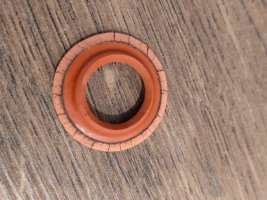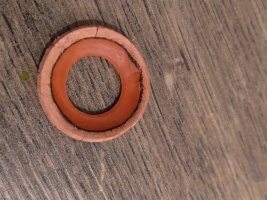@Mutant How would you describe the flavours that the three yeasts imparted? What was the biggest difference? I haven't used much White Labs yeast so far, so would like to get some more details. The closest I used so far is WY1028, which is said to be the same as WLP013.
I will try my best to describe them as I've been drinking some today. When I taste test, I use 4 oz Pyrex measuring cups, and that is what I'm doing now.
WLP005 -given this batch came out at FG 1.015 (OG 1.071 for all), it is a bit sweeter than I'd prefer. It is a front-of-pallette sensation with more focus on the malt and the IBU 55 seems muted. I might want to use this for a slightly darker beer (these three are IBU 8) with more hops if I need to balance everything with the touch of sweetness that exists. Not sure if I could have left this batch ferment out longer to get it a bit drier and balanced. I just think the residual sweetness is taking away from enjoying this one. Not really any fruity tones.
WLP013 -this ended up at FG 1.012 or 1.013. This definitely carries the oakiness as described by White Labs. That is a big plus. This one seems to hold its head better. For this beer being IBU 55 and SRM 8, this seems to be the nicest balance of dryness/sweetness, malt, and hops.
WLP023 -this also ended up at FG 1.012 or 1.013, but it comes across as being a bit sweet. I think that is because the yeast is pushing very fruity esthers. This isn't bad, and may age out well. I think the way I'd want to balance this is with more IBUs to counter the sweetness that is probably just the fruity esthers.
Overall, I think White Labs nailed it on their descriptions - they are never sufficient, but the only way to know is to experiment with them.
Given that this recipe was originally using WLP022, all that I can remember of that batch from a couple of years ago was that it disappeared very fast. I submitted it to the 2020 Nationals (which were canceled). The SF Regional folks went ahead and did the "unofficial" judging during COVID. I was awarded a silver in the British Strong Ale category. One judge commented that he wanted a case. Everyone that had that WLP022 batch was impressed. Not sure what my score was, or the criticism. I just went to look at White Lab's description and they say 'slightly fruity and bready characters' which is likely why it balanced this beer so well. I'm wondering how mixing WLP022 and WLP013 would work out, as those two might be a good combo.
Hope this helps. I was hoping to crank out another 12 gallons this coming week, but I dread all the cleaning that comes with making beer. I am focused on a few competitions: Placer County California, California State Fair (if they have one), and Nationals. I only have two beers to submit. A 17% Eisbock made two years ago that has aged quite well, and one of the above (likely WLP013) if any of them clear in time.


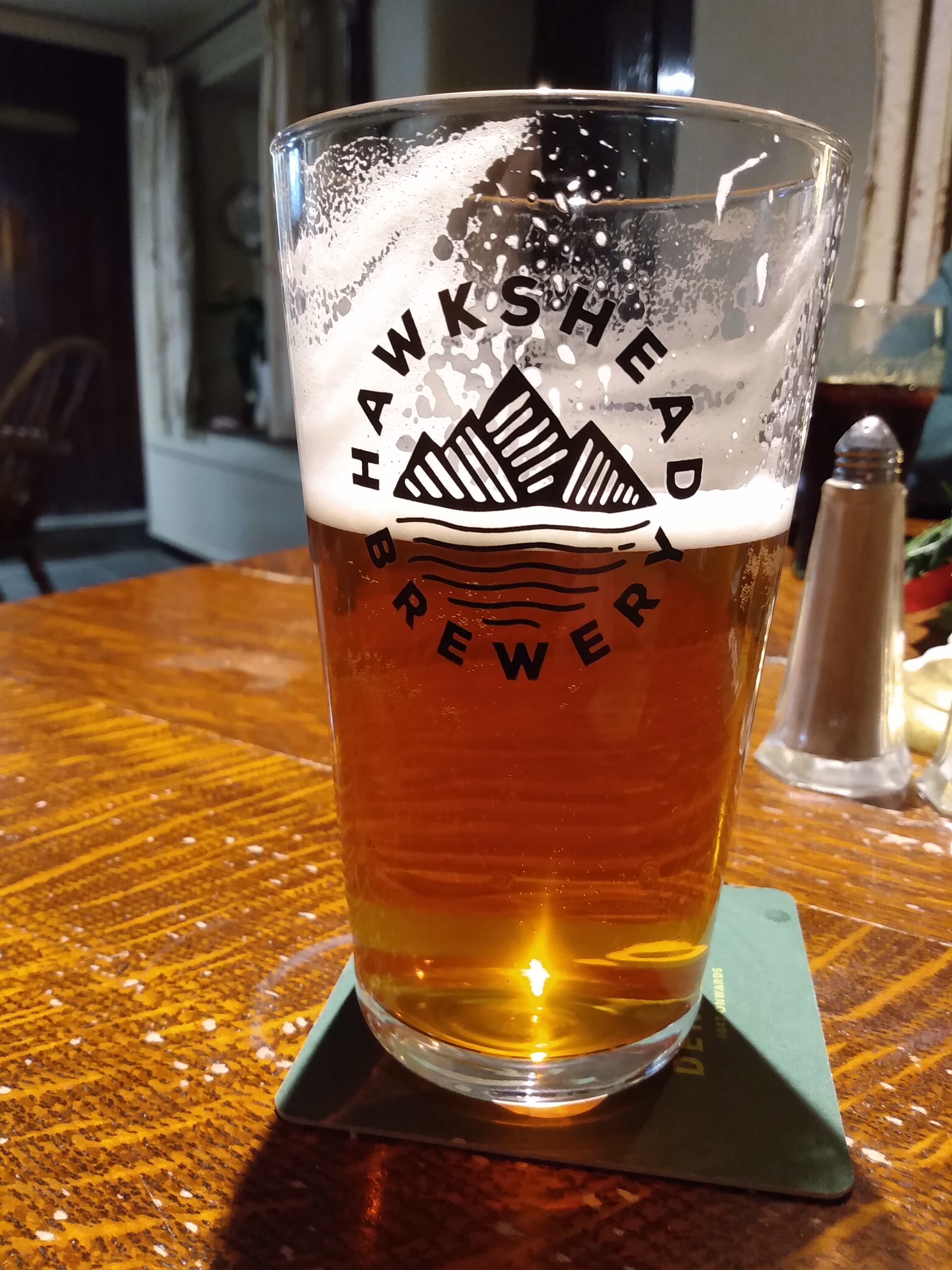









![Craft A Brew - Safale S-04 Dry Yeast - Fermentis - English Ale Dry Yeast - For English and American Ales and Hard Apple Ciders - Ingredients for Home Brewing - Beer Making Supplies - [1 Pack]](https://m.media-amazon.com/images/I/41fVGNh6JfL._SL500_.jpg)














































